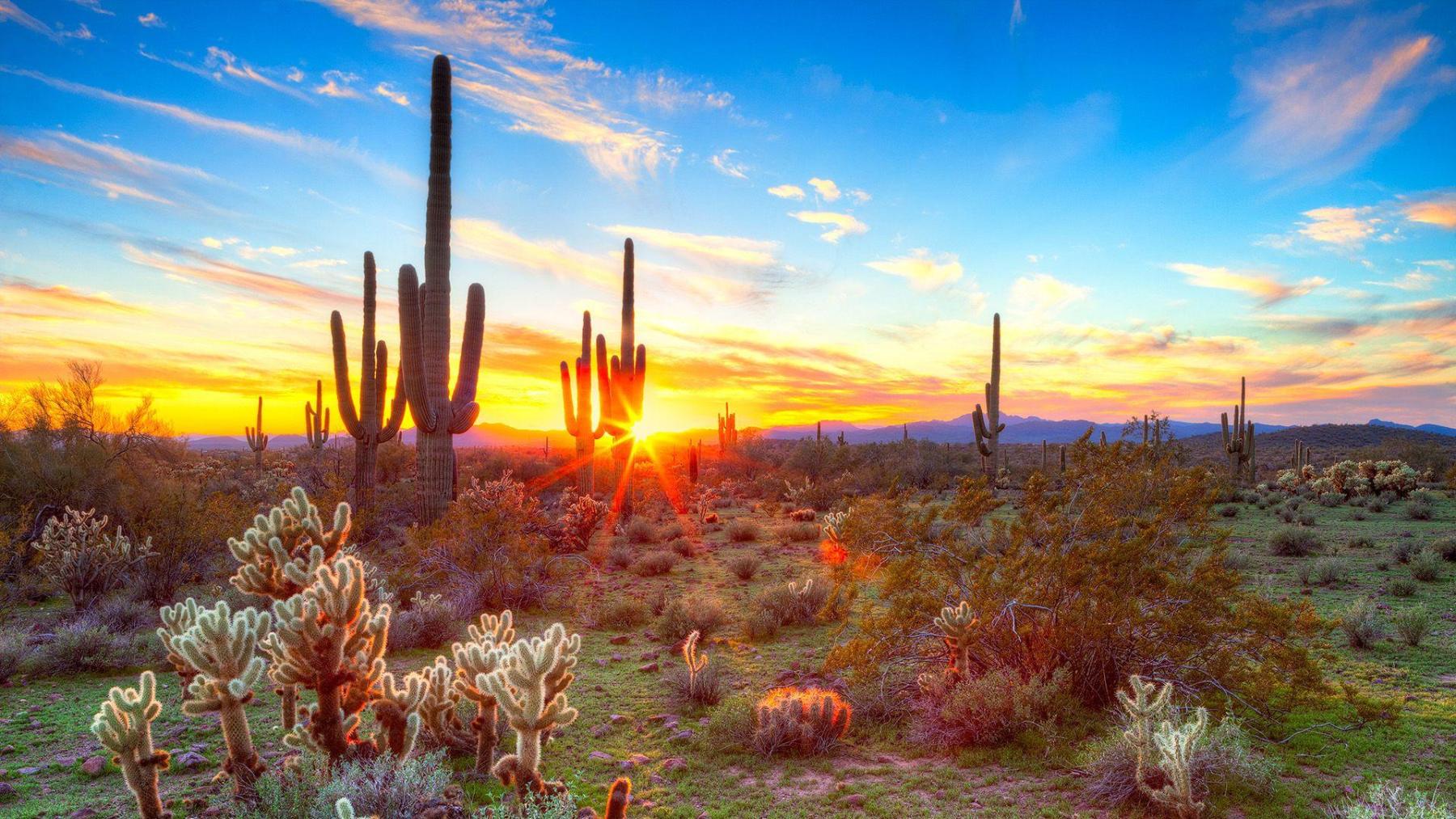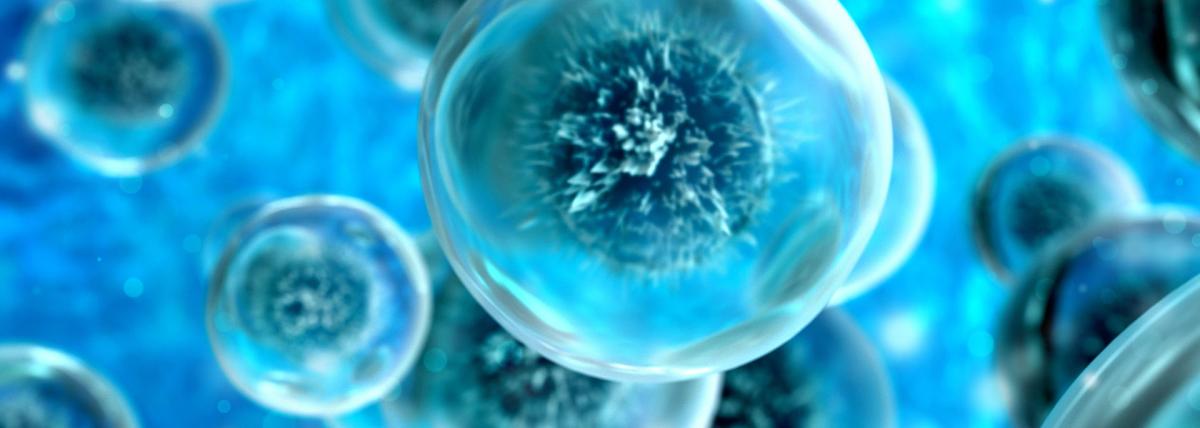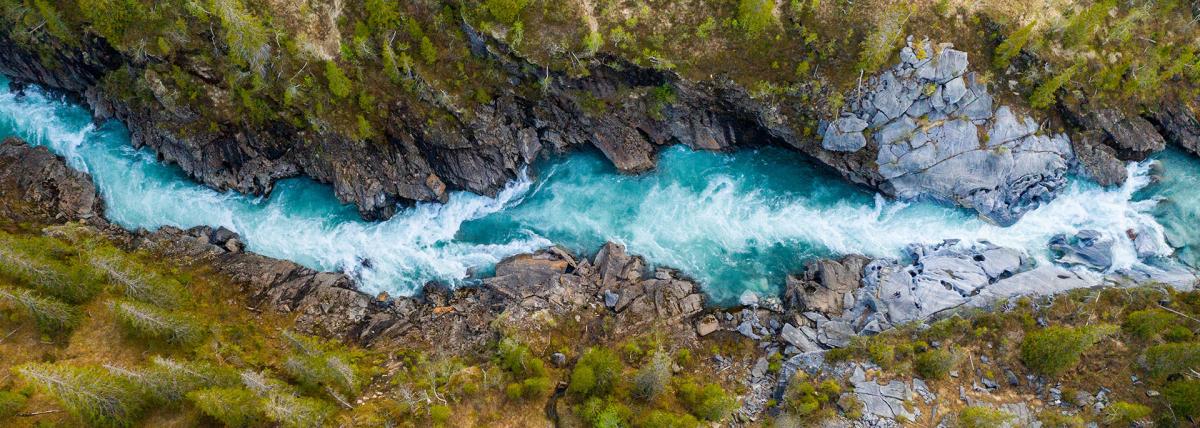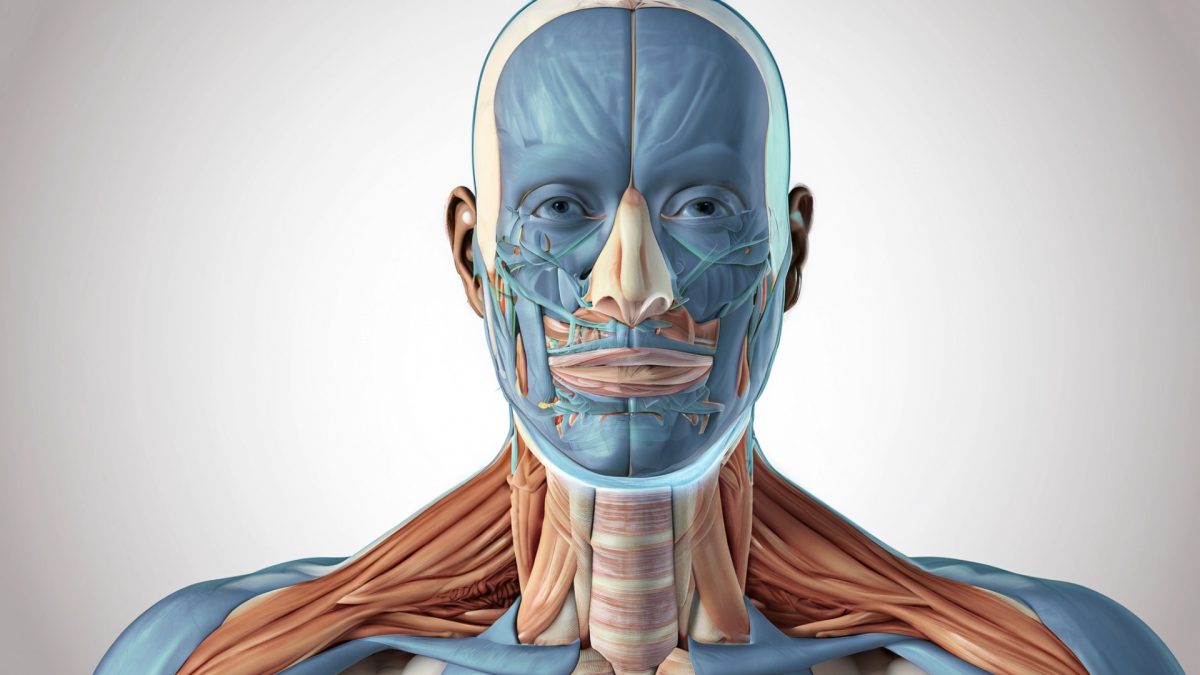
Biomimicry and Conserving Desert Resources Part 2
by Scott Milne
This lesson is the second lesson of a two-part series where students investigate concepts of biomimicry and apply them to the real world with issues like resource scarcity. In this lesson, students expand on Part 1, where they discussed examples of biomimicry and "redesigned" a desert species. Here students will develop an invention with their peers that addresses a resource need. Students will brainstorm ideas for ways that they could address issues with heat, water and other conditions in the desert by using strategies of desert organisms. They will then design a product and present their design to the class.
Lesson Plan Link/URL
https://docs.google.com/presentation/d/1sjJAJTMTXsWv9KluwfiXZts4utvWLcB4/edit?u…Related Content

Grades:
8th Grade, 9th Grade, 10th Grade, 11th Grade, 12th Grade
This lesson is designed to allow students the experience to move from an additive understanding in mathematics to a multiplicative understanding through this activity called Cootie Catcher. The

Grades:
6th Grade
In this lesson, students will collaborate to design and engineer a product to contain and clean up an oil spill while saving the affected wildlife. They will also accurately complete an itemized

Grades:
10th Grade, 11th Grade, 12th Grade
From learning the basics of the endocrine system (organs) to creating a 3d visual model of a patient and demonstrating how hormones are released across the body, students will go from simple to